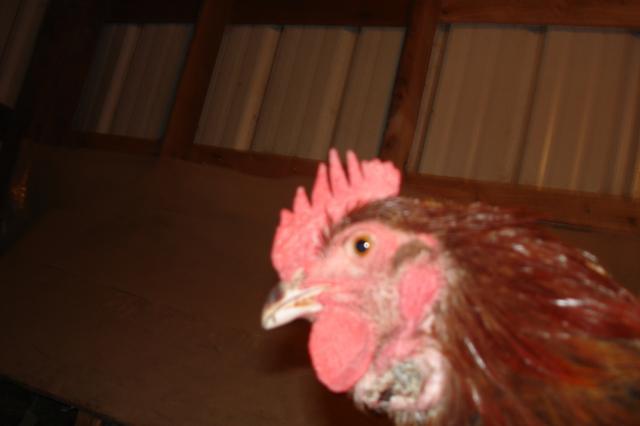After much research on the internet about Favus (avian ringworm), we have decided that our whole flock has it. At first we thought it was just the rooster but after inspecting all the hens we found white and black spots on all their combs and wattles. I called 3 farm vets in our area who couldn't help me. But I was referred to the State Dept. of Agriculture. A very nice vet working for the state had me email photos, who then sent them to a poultry vet in Texas. He thought it was Favus and said to continue treating with micronazole (Monistat 7) topically. He said it could take weeks or even a month. This could prove costly (I've used one tube in 2 days) so if you ever have to deal with this ask your pharmacist. Mine is ordering in larger amounts at 1/3 the price. Now we just have to catch them everyday.
I still have some questions that he will hopefully answer for me:
Are the eggs safe?
Will the rooster reinfect the hens since his case is much worse and will take longer to heal (I assume)?
I found very few pictures of favus on the internet, so I thought I would share mine for anyone who might find them helpful someday.
This is the first picture I have of it. After this the comb continued to turn white like powder and then scabbed over black and scaly.

this is what it looks like now. Black and scaly but edges of white underneath. Some areas are bloody occasionally. And the front edges of the wattles look like they are eaten away. Yuck!


All of the hens have tiny specks of white and some black on their combs. These aren't as clear (sorry!)

This hen has lost some feathers around her eyes, comb, and wattles.

There are also areas on their backs above their tails that look scaly, wrinkly, and have brown, divit like spots. The vet couldn't determine if these were favus cups or not. They might be from the rooster being to rough (although we have never seen that), hen picking hen, molting, or a combination of all three. I thought I would still include them anyway.


I'm so discouraged that I didn't find out what this was until now and that it involves my whole flock especially since this is the first time I have had chickens. I hope they will all recover. And I hope that you don't ever have to deal with this.
I still have some questions that he will hopefully answer for me:
Are the eggs safe?
Will the rooster reinfect the hens since his case is much worse and will take longer to heal (I assume)?
I found very few pictures of favus on the internet, so I thought I would share mine for anyone who might find them helpful someday.
This is the first picture I have of it. After this the comb continued to turn white like powder and then scabbed over black and scaly.
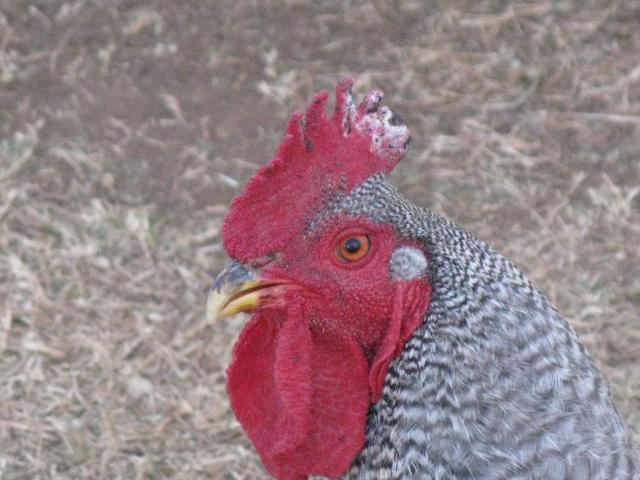
this is what it looks like now. Black and scaly but edges of white underneath. Some areas are bloody occasionally. And the front edges of the wattles look like they are eaten away. Yuck!
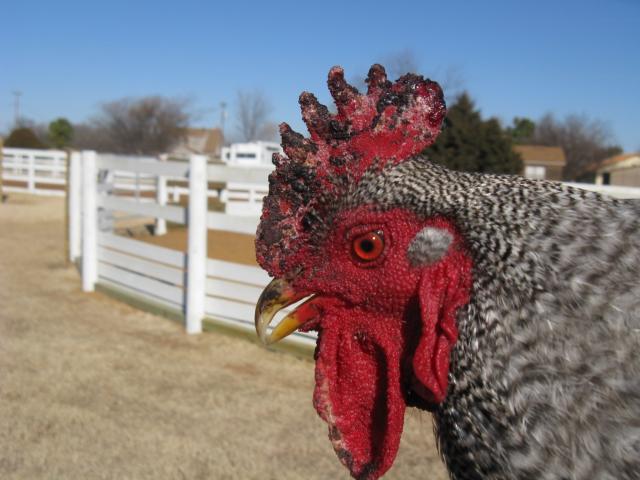
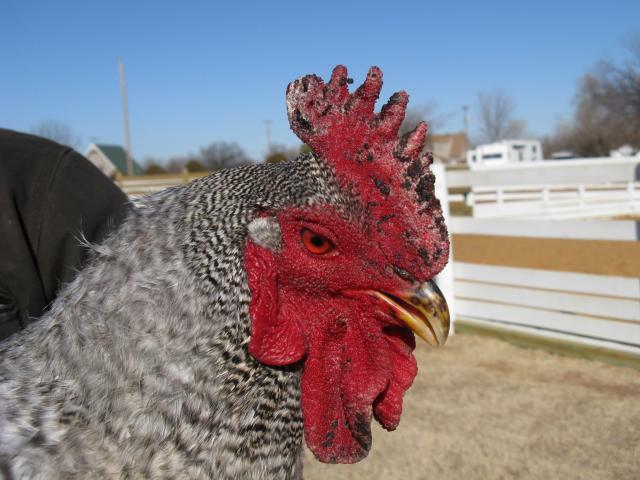
All of the hens have tiny specks of white and some black on their combs. These aren't as clear (sorry!)
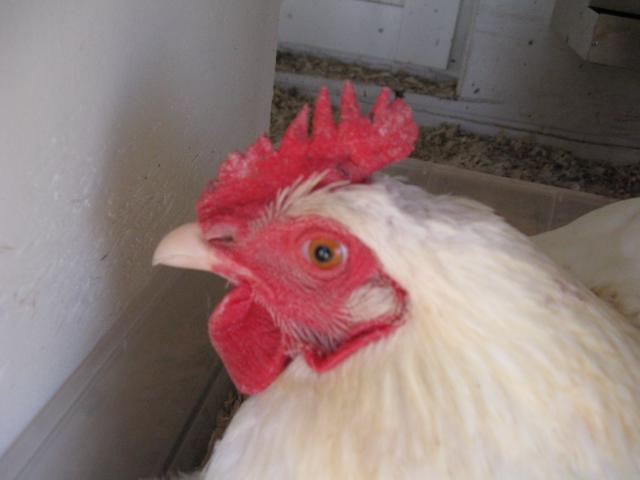
This hen has lost some feathers around her eyes, comb, and wattles.
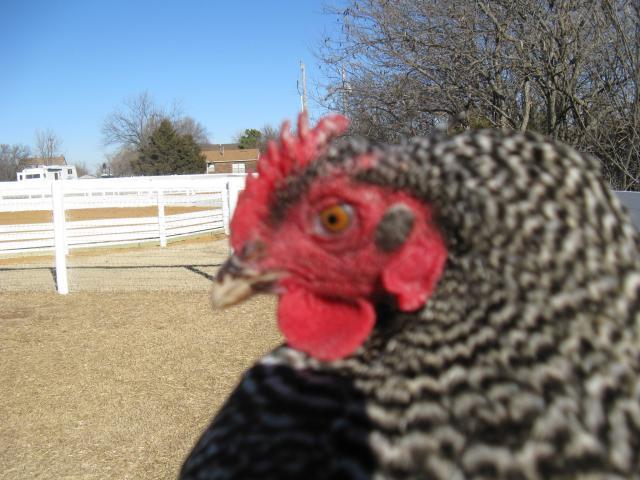
There are also areas on their backs above their tails that look scaly, wrinkly, and have brown, divit like spots. The vet couldn't determine if these were favus cups or not. They might be from the rooster being to rough (although we have never seen that), hen picking hen, molting, or a combination of all three. I thought I would still include them anyway.
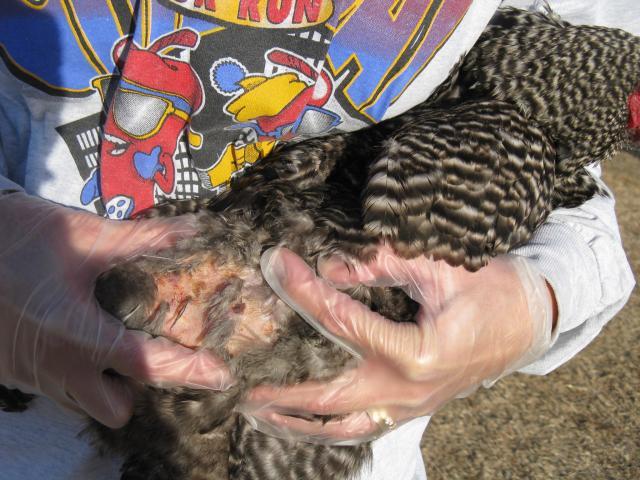
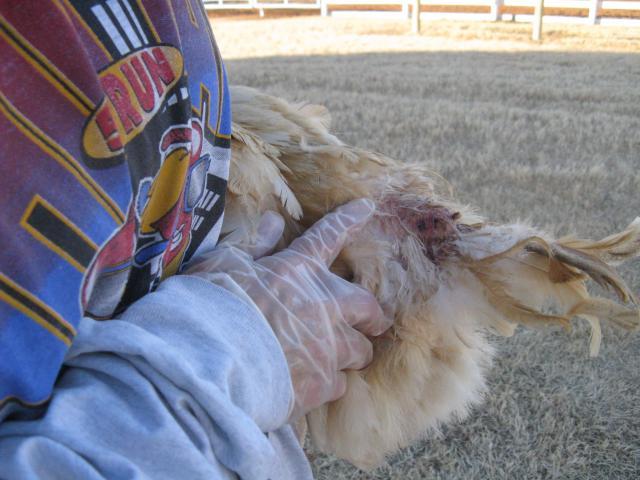
I'm so discouraged that I didn't find out what this was until now and that it involves my whole flock especially since this is the first time I have had chickens. I hope they will all recover. And I hope that you don't ever have to deal with this.





